Two big affordable housing projects in Easthampton land CPA money, 185 homes proposed in 2 projects
|
Published: 02-11-2024 10:53 AM
Modified: 02-11-2024 6:05 PM |
EASTHAMPTON — The City Council has signed off on two Community Preservation Act requests that could help bring a combined 185 affordable homes to the city in the coming years, including one project that brings together housing and conservation advocates in a collaboration that experts believe will serve as a model for other communities to follow.
That latter project involves 53 acres at 385 Main St. along the Manhan River. Dubbed Growing Green: Easthampton, plans call for conserving 43 acres of fields, forest and farmland, while developing affordable rental units on 10 acres alongside the road. The effort is being led by the Kestrel Land Trust and is a collaboration between the city, Mass Audubon and the affordable housing nonprofit The Community Builders.
The property is listed in the city’s Open Space & Recreation Plan as worthy of protecting, as well as being cited in the city’s Housing Production Plan as an opportunity for increasing the availability of housing.
In 2021, two anonymous donors gave Kestrel a $530,000 gift to explore mutually supporting conservation and affordable housing projects in Easthampton, making this property a perfect contender to do just that, officials said.
Councilors at last Wednesday’s meeting approved Kestrel’s request for $600,000 in CPA funds to put toward acquiring the land with Community Builders. Once purchased for a total price of roughly $2.5 million, Kestrel would take ownership of 43 acres for conservation, with Community Builders getting 10 acres for the affordable home development.
About 35% of the land is made up of meadows and hayfields with prime farmland soils. The remaining 65% of the property is upland and riparian forest. The parcel is one of the largest undeveloped pieces of land that is not conserved along the Manhan River corridor, making it an appealing area for conservation groups.
The affordable housing, meanwhile, calls for 87 units spread across three buildings, available to those earning less than the median income in the area.
Mark Wamsley, conservation director at Kestrel, described the project as “truly innovative” not only because it is attempting to address two city needs, in affordable housing and open space conservation, but because it works more broadly over multiple fronts, including biodiversity, climate change and housing justice.
Article continues after...
Yesterday's Most Read Articles
 A Waterfront revival: Two years after buying closed tavern, Holyoke couple set to open new event venue
A Waterfront revival: Two years after buying closed tavern, Holyoke couple set to open new event venue
 ‘We can just be who we are’: Thousands show support for LGBTQ community at Hampshire Pride
‘We can just be who we are’: Thousands show support for LGBTQ community at Hampshire Pride
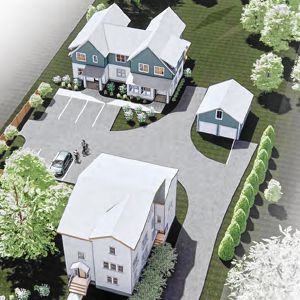 3-unit, 10-bed house in backyard called too much for Amherst historic district
3-unit, 10-bed house in backyard called too much for Amherst historic district
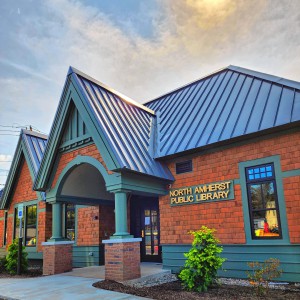 ‘Home away from home’: North Amherst Library officially dedicated, as anonymous donor of $1.7M revealed
‘Home away from home’: North Amherst Library officially dedicated, as anonymous donor of $1.7M revealed
 UMass basketball: Matt Cross announces he’s transferring to SMU for final year of eligibility
UMass basketball: Matt Cross announces he’s transferring to SMU for final year of eligibility
 Retired superintendent to lead Hampshire Regional Schools on interim basis while search for permanent boss continues
Retired superintendent to lead Hampshire Regional Schools on interim basis while search for permanent boss continues
“Beyond the city, this is really poised to place Easthampton, I believe, at the national forefront of an innovative approach for which there are really few examples at this scale with this vision of combining housing and conservation,” he told the council.
Councilors agreed, with several touting the partnership as something they would like to see more of in the future.
“I think this is an exceptional project in terms of bringing partners together to work with the city to create affordable housing and to take care of our open spaces,” said Koni Denham, an at-large councilor.
City Planner Jeff Bagg said developers will likely come back to the council for future funding for construction, and the city needs to be prepared to be at the table with them throughout the “super competitive” process.
Additionally, other affordable housing projects are in the pipeline, including at the former elementary schools, the Lodging House and at Sierra Vista Commons at the former Tasty Top site on Route 10, Bagg said.
“City Council is going to need to be ready for these things to keep coming to them,” he said. “Anything we can do as a municipality to support these projects is going to be really important. If we are not ready and participating, then the developers can lose out and they could move to a different city, and then we won’t have this much affordable housing.”
The council also approved a $100,000 CPA request to fund predevelopment costs for the creation of 96 affordable housing units in the 1 Ferry St. mill complex redevelopment called One Industrial Lofts.
Home City Development Inc., a Springfield nonprofit, intends to construct a five-story, $47 million building in that development at 11 Ferry St.
Peter Sarafino, director of real estate development at Home City, said the nonprofit intends to apply for state tax credits and other resources needed for the project this week. If successful, construction could begin next year, with occupancy slated for 2026, Sarafino said.
“This will be an attractive building that will fit well with what is there,” said Sarafino, noting that a few of the units will be market rate but that most would be rented as affordable.
Home City’s CPA request is actually for $500,000 over the next three years, as the organization is asking for $200,000 in each of the next two fiscal years to fund the project.

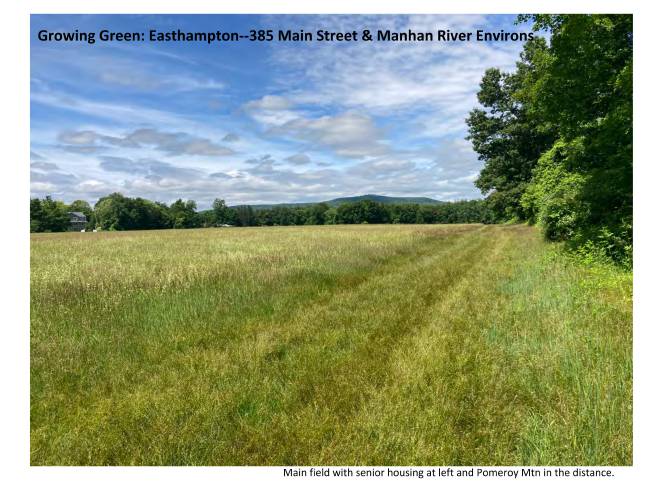
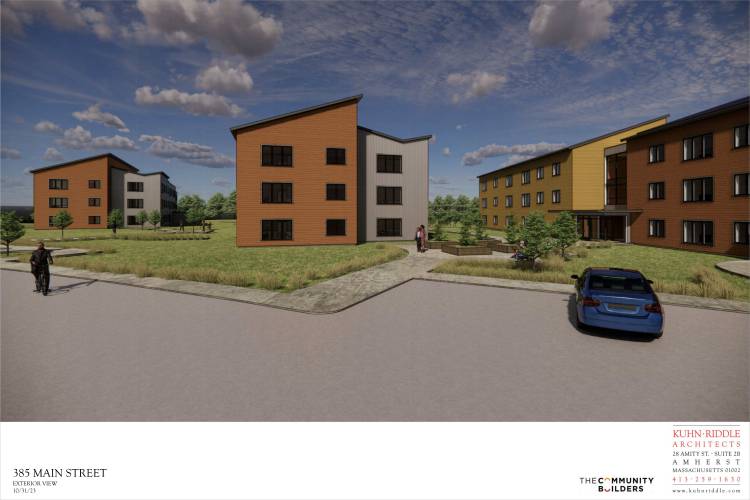
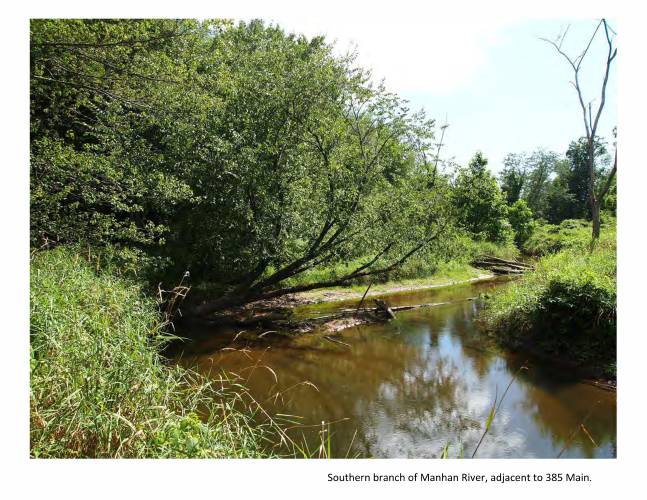
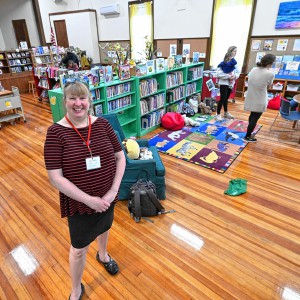 Doors open at Tilton Library’s temporary home at South Deerfield Congregational Church
Doors open at Tilton Library’s temporary home at South Deerfield Congregational Church Area property deed transfers, May 2
Area property deed transfers, May 2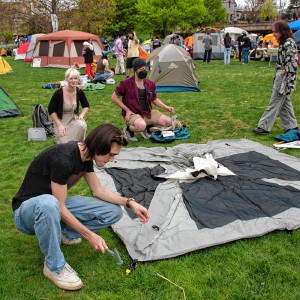 Pro-Palestinian encampment disperses at UMass, but protests continue
Pro-Palestinian encampment disperses at UMass, but protests continue
